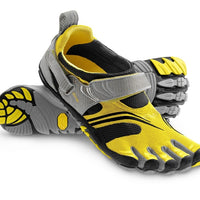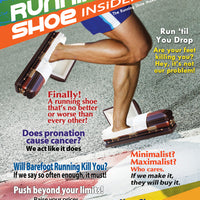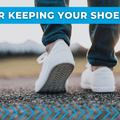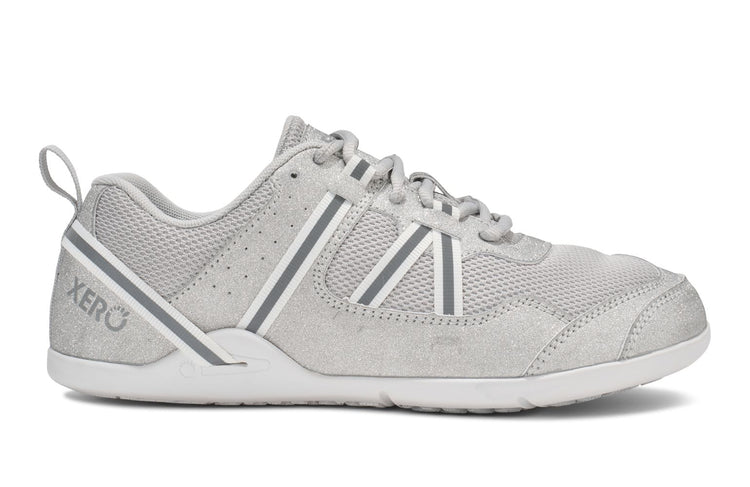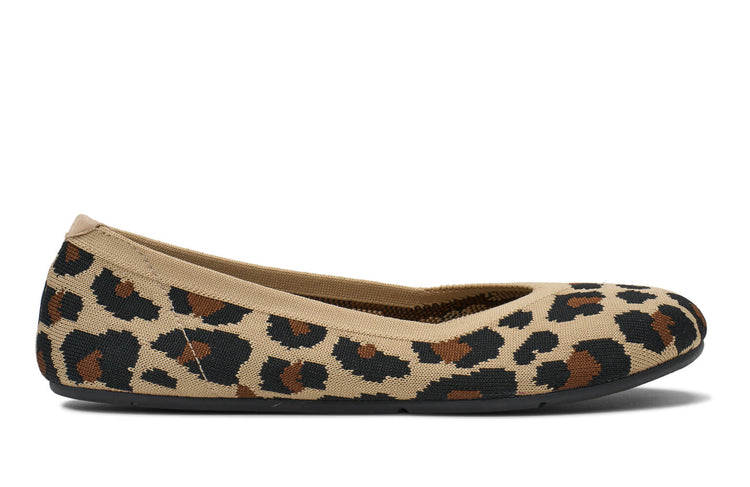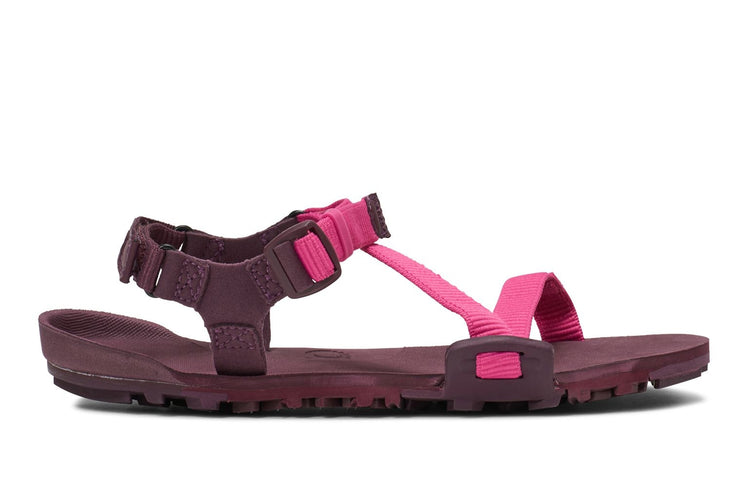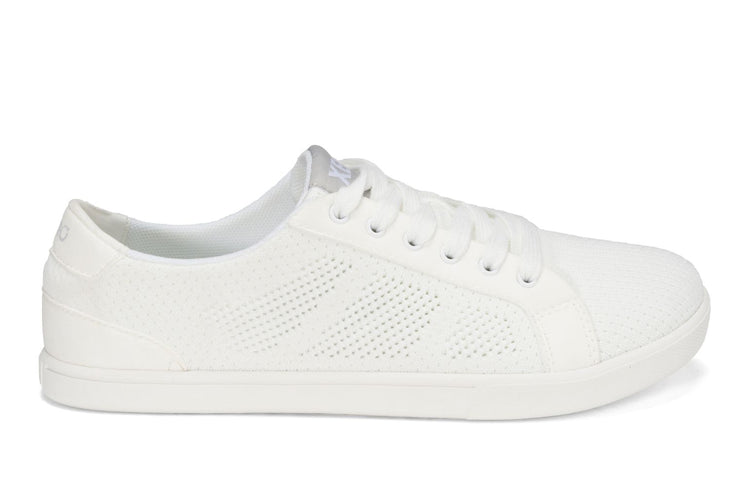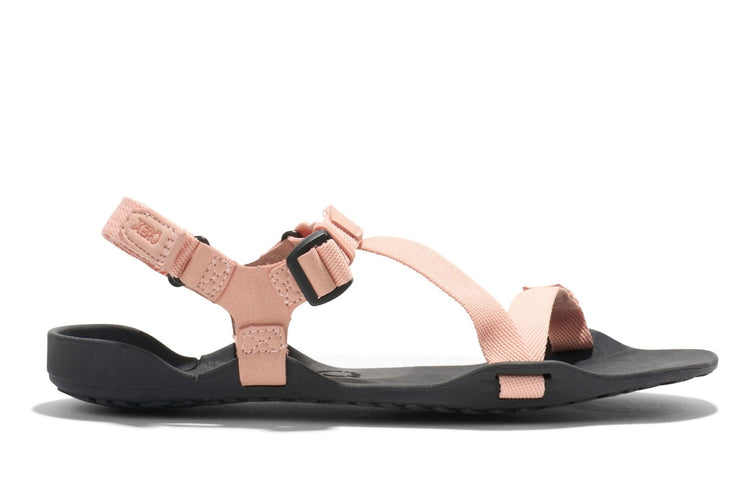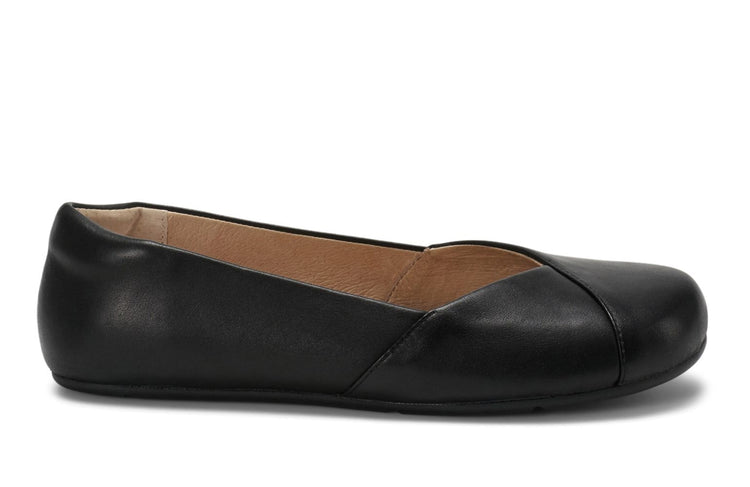
Daniel Lieberman studies the Tarahumara running
 Dr. Daniel Lieberman is one of the fathers of the barefoot running movement. His study showing how barefoot runners strike the ground with less force than shod runners, combined with Christopher McDougall's book, Born to Run, catalyzed the growth of barefoot and minimalist running. Well, it's as if Dr. Lieberman had a child with BTR, since his new study looks at how the Tarahumara run. And, more, it compares Tarahumara runners in huaraches to younger Tarahumara who run in padded running shoes. You can read the study for free here. Before I talk about what the study reveals (and what it doesn't), let me address a myth about barefoot running...
Dr. Daniel Lieberman is one of the fathers of the barefoot running movement. His study showing how barefoot runners strike the ground with less force than shod runners, combined with Christopher McDougall's book, Born to Run, catalyzed the growth of barefoot and minimalist running. Well, it's as if Dr. Lieberman had a child with BTR, since his new study looks at how the Tarahumara run. And, more, it compares Tarahumara runners in huaraches to younger Tarahumara who run in padded running shoes. You can read the study for free here. Before I talk about what the study reveals (and what it doesn't), let me address a myth about barefoot running...
Barefoot Running Myth #1
One of the myths of barefoot running is that there is ONE WAY to do it: Your foot hits the ground in a certain way, you move your legs at a specific speed, you hold your arms in one configuration, and you run long, long distances. Hogwash, I say (as if I lived in the 30's). There's actually quite a bit of individual difference among competent barefoot runners, even though a few concepts are consistent. The problem with this myth is that it interferes with one of our brain's favorite hobbies, namely:
The Brain's Favorite Hobby
Brains like to know how things work. They like patterns. They like consistency. Oh, they're fascinated by the novel and new, but when it comes to survival, they like to know the rules. See the problem? When we want to learn something new, like how to run barefoot, we want to know "What's the one way I should do this? Show me a video I can imitate. Give me the rules." But, as I just said, there's not ONE way, there are variations of a theme.
We now return to our regularly scheduled program
And this brings us back to Lieberman's study. He finds some real variation in foot strike patterns among the huarache-wearing Tarahumara.
40% primarily using midfoot strikes, 30% primarily using forefoot strikes, and 30% primarily using rearfoot strikes.
70% land in a way that's consistent with the bigger picture of barefoot running, namely, don't land on your heels. But 30% DO heel strike! "How could they possibly rearfoot (or heel) strike?" you may ask. There are a couple of answers/comments:
- Footstrike isn't everything. Just because their heel touches the ground first, that doesn't mean they're putting extra force into their bodies by doing so. Which part of your foot touches the ground first doesn't always tell you everything you need to know. It's possible to have your heel contact the ground first but, because of your speed and where you place your foot in relationship to your center of mass, not apply force into the ground until your midfoot hits. So you could look like a heel striker, but apply force like a midfoot striker.
- Traditional huaraches are thick and stiff. If you haven't held a pair of huaraches made from tires and leather, you'll be in for a shock when you do. They're heavy and stiff. They reduce the amount of feedback you get from the ground... on purpose. Some of those Copper Canyon trails are seriously pointy, pokey, sticky. So it may be that some Tarahumara heel strike because they don't get the same feedback -- pain -- that one would get running barefoot.
 Traditional Tarahumara Huarache -- thick and stiff So don't get hung up on the fact that 30% of the Tarahumara that Lieberman studied heel strike. But also don't think, "Well, if they can do it, so can I!" More about that later. Next, Lieberman pointed out:
Traditional Tarahumara Huarache -- thick and stiff So don't get hung up on the fact that 30% of the Tarahumara that Lieberman studied heel strike. But also don't think, "Well, if they can do it, so can I!" More about that later. Next, Lieberman pointed out:
In contrast, 75% of the conventionally shod Tarahumara primarily used rearfoot strikes, and 25% primarily used midfoot strikes.
That's an interesting one: change the shoes, change the gait. I saw that when I was in Dr. Bill Sands' lab. Dr. Sands is the former head of biomechanics and engineering for the US Olympic Committee. He had hundreds of videos showing how the same runner will change their footstrike and, ofter, their entire gait, depending on the shoe they wear. That shod runners more often land on their heels isn't surprising to people familiar with barefoot running since we make the opposite argument: take OFF your shoes and your gait will change (over time and with some attention).
What Lieberman's Study Does NOT Say
Lieberman looked at a number of other aspects of the gait of huarache-wearing and shoe-wearing Tarahumara: overstriding (the huarache wearers were less likely to do so), flexion of the joints (huarache wearers bend their joints -- use their springs -- more), and arch stiffness (huarache-wearers have stronger arches). Read the study to find out more. But what he does not say is just as important as what he does. He doesn't say "switch to sandals," or "midfoot or forefoot strike is better" or anything prescriptive. Lieberman is being especially circumspect about the meaning of the data he collected. This is, perhaps, a good thing, given how evangelical barefoot runners often take any seemingly pro-barefoot news as an excuse to have a shoe-burning party, which then backfires when any seemingly anti-barefoot news causes shod runners to chime in with "Nah-nee nah-nee, boo-boo" (or something equally insightful).
Show me the money
Note that I say "seemingly" for both pro- and con- news. That's because there still aren't any good studies that clearly demonstrate "Barefoot is better" or "barefoot is worse." And there are no studies showing "shoes are better" either, even though there has been 45+ years to whip one of those up, and many research labs are sponsored by big shoe companies. Those of us who've been living a barefoot or truly minimalist lifestyle now have lots of personal experience about the changes that can happen. And studies like Lieberman's hopefully provide more incentive for researchers find the cash to find out if we're unusual or if anyone who ditches their shoes can have the same kinds of expeiences (okay we know the answer to THAT, but you know what I mean ;-) ).
The content of this post does not constitute and is not intended to be a substitute for professional medical advice, diagnosis or treatment. Always seek the advice of a physician or other qualified health provider with any questions or concerns you may have about your health or a medical condition.
